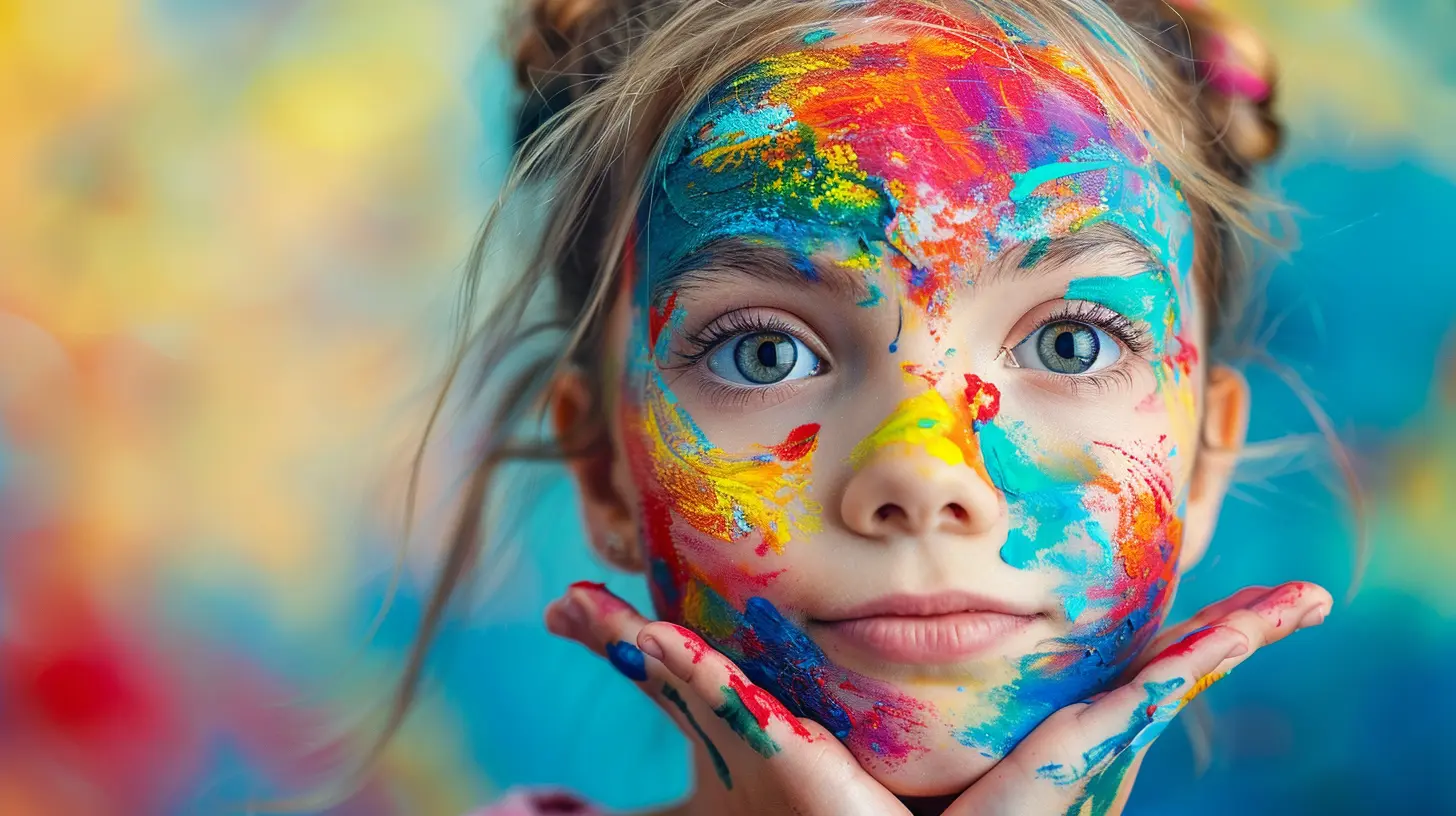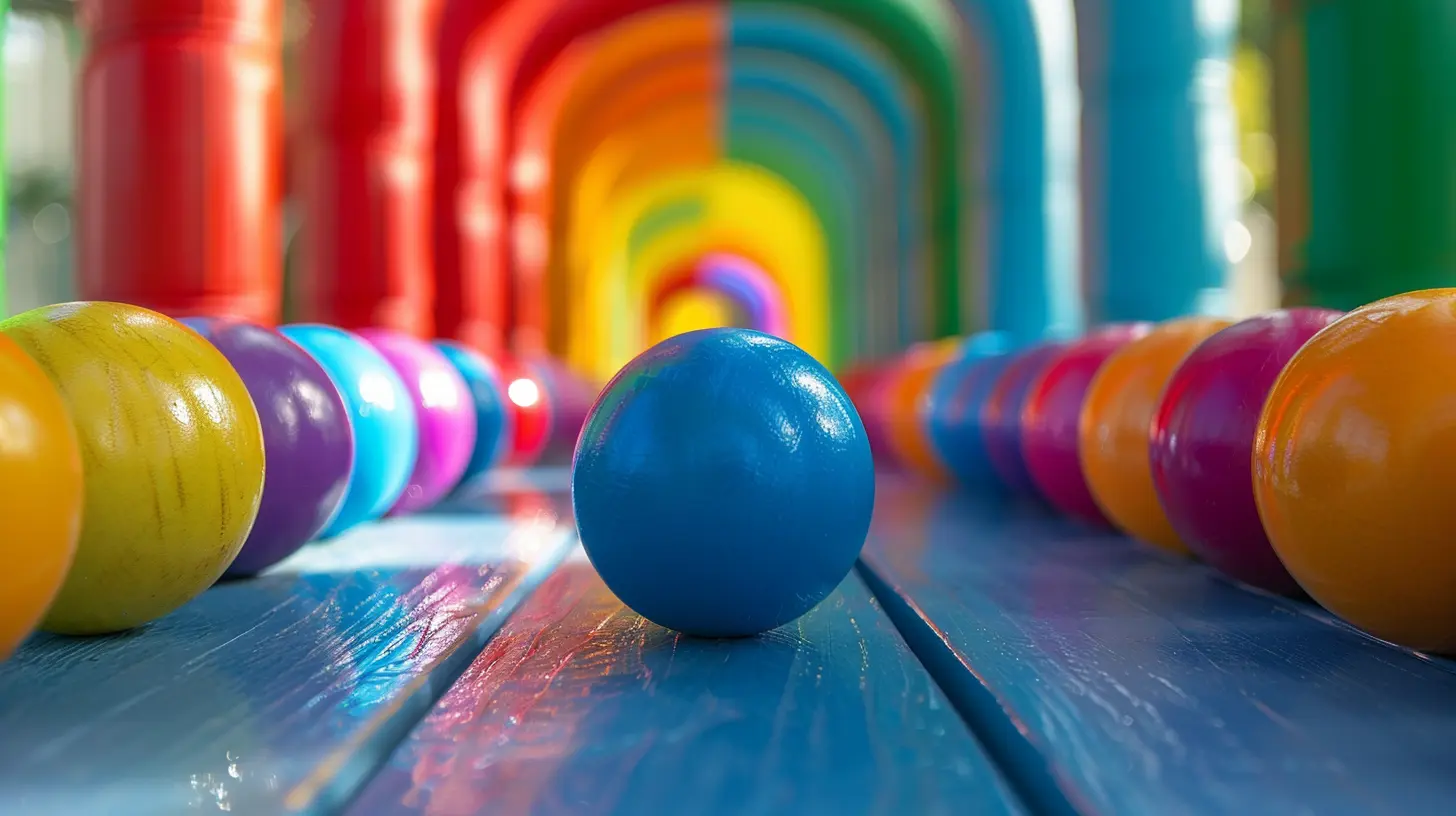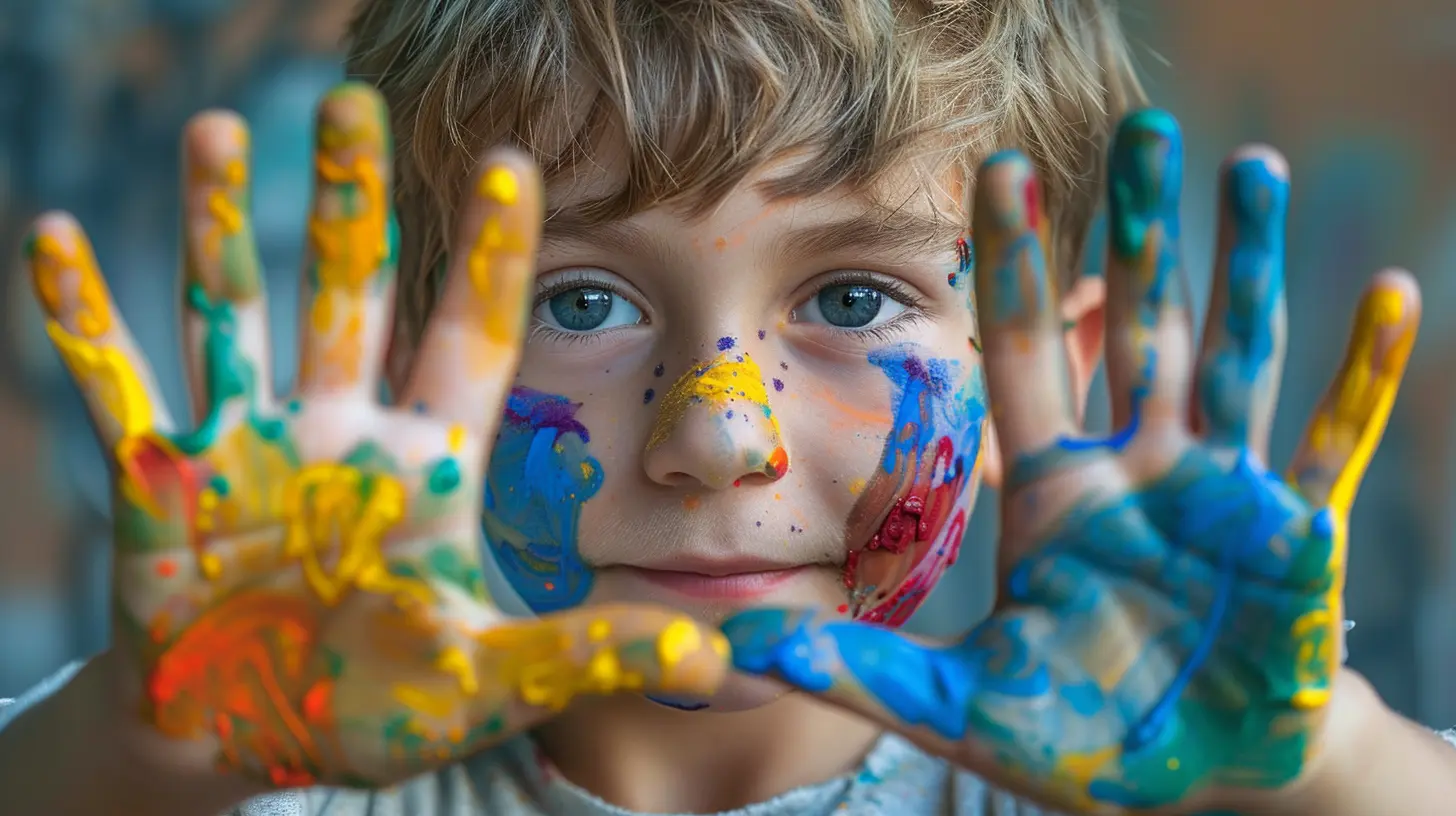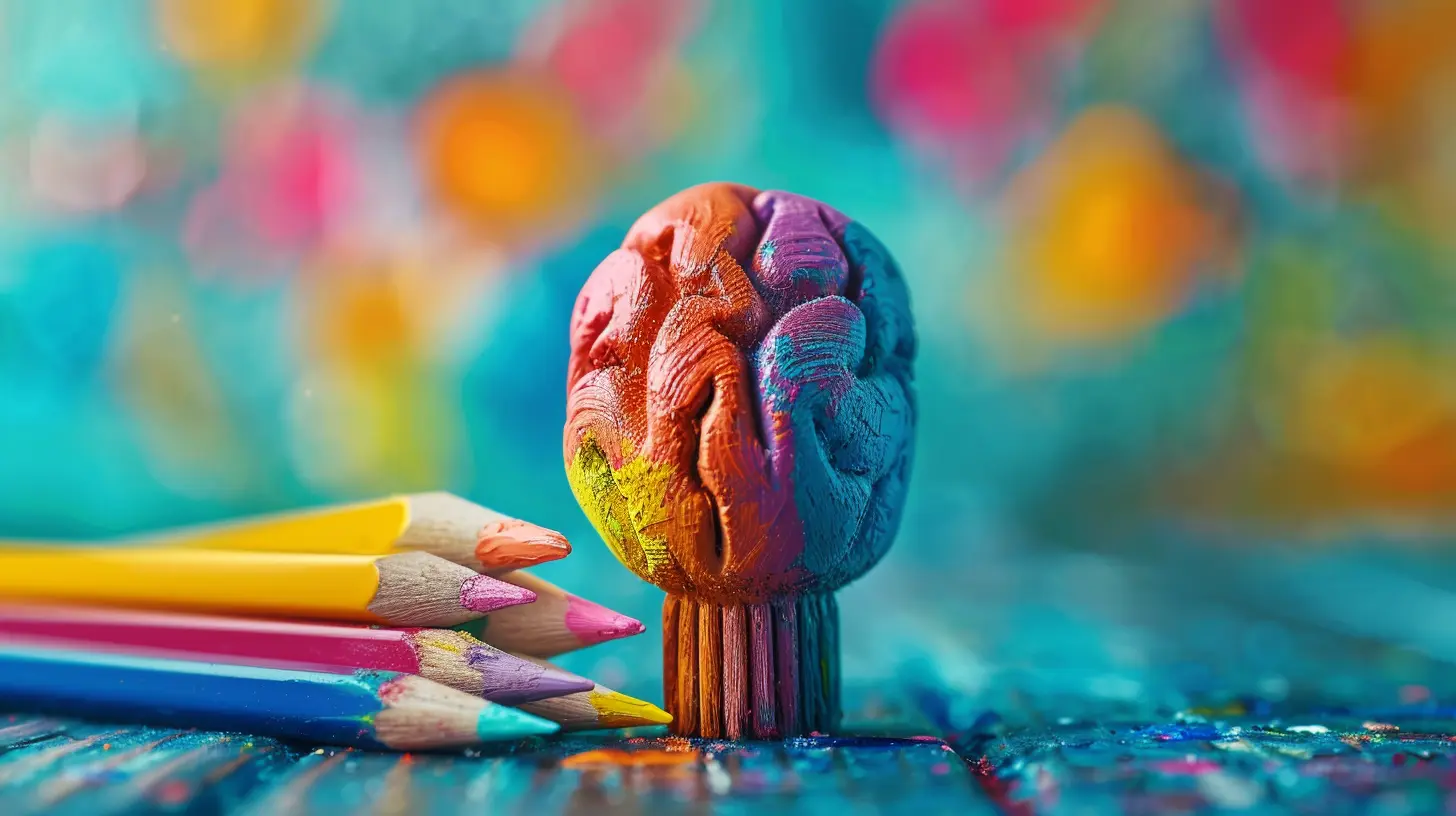The Importance of Play and Creativity in Positive Psychology
3 October 2025
When was the last time you let yourself truly play? Not the structured, goal-oriented play we often see in sports or games, but pure, unadulterated fun—like the kind you had as a child. For many of us, play and creativity take a backseat as we grow older, replaced by deadlines, responsibilities, and the constant hum of adult life. But what if I told you that play and creativity aren't just for kids? In fact, they play a crucial role in our well-being, mental health, and overall happiness. This is where positive psychology comes in.
Positive psychology, in its simplest form, is the study of what makes life worth living. Instead of focusing on what's wrong with us, it highlights what’s right, encouraging us to build on our strengths, engage in meaningful activities, and nurture positive emotions. And guess what? Play and creativity are two powerful tools in that toolbox.
In this article, we’ll dive into why play and creativity are so important in positive psychology, how they benefit our mental and emotional health, and ways to incorporate more of both into your life—no matter your age.

What is Play?
Before we go any further, let’s define what we mean by "play." Play isn’t just reserved for children on the playground. It’s any activity that’s enjoyable, voluntary, and done for its own sake. Think of it like a "reset button" for your brain and body. Whether it’s doodling on a piece of paper, kicking a ball around, or even daydreaming, play allows us to escape from the rigid structures of daily life and explore new possibilities.Characteristics of Play
- Spontaneous and Voluntary: Play is something we do because we want to, not because we have to. It’s driven by intrinsic motivation.- Enjoyable: The primary goal of play is enjoyment. There’s no endgame or reward other than the experience itself.
- Imaginative: Play often involves creativity, allowing us to think outside the box and engage in activities that tap into our imagination.
- Process-Oriented: Play focuses on the journey, not the destination. It’s about being in the moment, not achieving a specific outcome.

What is Creativity?
Creativity, on the other hand, is the ability to generate new and original ideas, solutions, or ways of thinking. It’s not just about being artistic or crafty; it’s about problem-solving, innovation, and thinking in ways that are outside the norm. Just like play, creativity is something we often lose touch with as we get older, but it’s a vital component of mental wellness and self-expression.Characteristics of Creativity
- Originality: Creativity involves coming up with new ideas or ways of doing things.- Flexibility: It allows us to see things from different perspectives and adapt to new situations.
- Risk-taking: Creativity often involves stepping outside of your comfort zone and experimenting with new approaches, even if there’s a chance of failure.
- Imagination: It taps into our ability to envision possibilities and outcomes that don’t yet exist.

The Connection Between Play, Creativity, and Positive Psychology
So, what’s the link between play, creativity, and positive psychology? Positive psychology emphasizes the importance of flourishing—experiencing life with joy, purpose, and fulfillment. Play and creativity are natural pathways to this sense of flourishing.Boosting Positive Emotions
When we engage in play or creative activities, our brains release dopamine—the "feel-good" chemical. This not only makes us feel happier in the moment but also contributes to long-term emotional well-being. Positive emotions like joy, amusement, and wonder help us bounce back from stress and build resilience over time.Think about it: when you’re caught in a state of creative flow, whether it's painting, writing, or playing a game, time seems to fly by. You’re not worried about your to-do list or the pile of laundry waiting for you. You’re fully immersed in the present, and that sense of engagement is a key component of happiness.
Enhancing Cognitive Function
Play and creativity aren’t just good for your emotions—they’re good for your brain, too. They stimulate the prefrontal cortex, which is responsible for higher-order thinking, decision-making, and problem-solving. When you engage in creative thinking or play, you’re actually training your brain to be more flexible and adaptive.In fact, research shows that adults who engage in regular creative activities, such as painting, writing, or playing music, have better cognitive function as they age. It’s like giving your brain a workout, but much more fun!
Building Social Connections
Play and creativity are also powerful tools for building and maintaining social connections. Play often involves collaboration, whether it’s a game of soccer with friends or a group brainstorming session. These interactions can strengthen relationships, foster a sense of belonging, and even help us develop empathy.Positive psychology emphasizes the importance of social connectedness as a pillar of well-being. When we play or create with others, we build trust, communicate more effectively, and feel more supported by those around us.
Cultivating Mindfulness
Mindfulness—the practice of staying present and engaged in the current moment—is a cornerstone of positive psychology. And guess what? Play and creativity naturally cultivate mindfulness. When you’re playing or creating something, you’re not thinking about the past or worrying about the future. You’re fully in the moment, absorbed in the activity at hand.Whether it’s through painting, playing a musical instrument, or even solving a puzzle, these activities encourage us to slow down, focus on the present, and engage with our surroundings in a meaningful way.

The Benefits of Play and Creativity on Mental Health
If you're still not convinced that play and creativity are worth your time, let’s take a closer look at the mental health benefits they offer.Reducing Stress and Anxiety
One of the most significant benefits of play and creativity is their ability to reduce stress and anxiety. When we engage in playful or creative activities, we give ourselves permission to take a break from the pressures of daily life. This break can reduce the levels of cortisol, the hormone responsible for stress.In fact, studies have shown that engaging in creative activities like drawing or writing can lower anxiety levels and improve mood. Even something as simple as doodling on a piece of paper can serve as a form of relaxation and stress relief.
Boosting Self-Esteem
Engaging in creative activities can also boost self-esteem and help combat feelings of inadequacy or self-doubt. When we create something—whether it’s a drawing, a poem, or even a garden—we’re giving tangible form to our thoughts and ideas. This sense of accomplishment can lead to increased confidence and a more positive self-image.Encouraging Emotional Expression
Play and creativity provide a safe space for emotional expression. For those who may find it difficult to articulate their feelings verbally, creative outlets like painting, writing, or dance can serve as powerful tools for emotional release and self-discovery.Positive psychology encourages us to embrace and express our emotions, and creative play is an excellent way to do just that.
How to Incorporate More Play and Creativity into Your Life
Now that we know how beneficial play and creativity can be, the next step is finding ways to incorporate them into our daily lives. Here are a few suggestions:1. Schedule Playtime
Just like you schedule meetings and appointments, schedule time for play. Set aside at least 15-30 minutes a day for an activity that brings you joy, whether it’s playing a game, doodling, or engaging in a creative hobby.2. Try Something New
Step out of your comfort zone and try something you’ve never done before. Whether it’s learning a new instrument, trying a different art form, or picking up a sport, novelty can spark creativity and bring a new sense of excitement to your life.3. Engage in Group Activities
Join a class, club, or group that fosters creativity or play. Whether it’s a local art class, a book club, or even a group fitness class, engaging with others can make play and creativity more fun and fulfilling.4. Embrace Spontaneity
Don’t be afraid to let go of structure every once in a while and embrace spontaneity. Say yes to that last-minute invitation or take a break from your routine to do something purely for fun.5. Create a Playful Environment
Surround yourself with things that encourage play and creativity—whether it’s a stack of coloring books, a musical instrument, or a collection of puzzles. When play is easily accessible, you’re more likely to incorporate it into your daily routine.
Final Thoughts
In a world that often prioritizes productivity and achievement, it’s easy to overlook the importance of play and creativity. But as we’ve seen, these activities are not just for kids—they’re essential to our mental, emotional, and even physical well-being. By embracing play and creativity, we can reduce stress, boost our mood, improve cognitive function, and build deeper social connections—all of which are key components of positive psychology.So, the next time you feel overwhelmed or stuck in a rut, give yourself permission to play. Whether it’s through art, music, sports, or simply daydreaming, play and creativity have the power to transform your life in ways you never imagined.
all images in this post were generated using AI tools
Category:
Positive PsychologyAuthor:

Nina Reilly
Discussion
rate this article
1 comments
Soraya McKibben
Play and creativity are essential catalysts for well-being, unlocking our inner potential and fostering resilience. Embracing these elements not only enhances our joy but also nurtures deeper connections with ourselves and others. Let’s prioritize playfulness to fuel our journey toward a fulfilled life!
October 5, 2025 at 3:59 AM

Nina Reilly
Thank you for your insightful comment! I completely agree—play and creativity are vital for well-being and connection, enriching our lives and fostering resilience. Let’s continue to champion their importance in our journeys!


